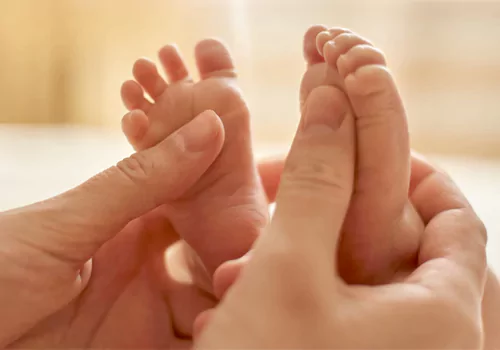Treat Kid Injuries
.png)
Got kids, one day you will be running between the medicine cabinet and your child..sprains, strains, bruises and blisters are pretty common and absolutely normal.
Specially for kids involved in sports, the stakes are even higher. As long as they are not serious and can be treated at home, parents need not worry. But maintaining a good and non-expired supply of first-aid medicines at home is extremely important. With summer approaching and after the exams are done, you should be ready to treat one or two of these issues!
Heat Rash: Also known as prickly heat, is a skin irritation caused by excessive sweating during the hot, humid weather.
Provide a cooler, less humid environment. Keep the affected area dry. Dusting powder may be used to increase comfort. Cold compression can be used to combat itching. Baking soda or fine-ground Oat-meal powder baths can be used to minimize itching. Add a few tablespoons of either to tepid bath water and stir until dissolved. Soak in this water and find comfort.
Sprains and Strains: For immediate care of a sprain, use one of the most reliable home remedies known to man --RICE approach---rest, ice, compression and elevation.
Until you reach the Doctor's office, use an ice cool compress for 15-20 mins and repeat every two/three hours for the first 48-72 hours, if going to the Doctor takes time. The cold pack helps to reduce pain, swelling and inflammation in injured muscles, joints and connective tissues and may decrease bleeding if a tear has occured. If the area turns white, too soaked, remove the ice pack immediately as it may indicate a cold injury.
To reduce swelling, have your child elevate the affected area to a level above the heart.
.png)
Bruises: In general, bruises respond best to treatment that is given immediately, before the affected area begins to darken.
Apply an ice pack or a bag of frozen veggies for 20-30 mins, to minimize discoloration (blood clot sometimes) and swelling. Be careful not to apply ice directly to the skin, use a towel to wrap ice in it or use a duck-bag with cold water.
If the bruise covers a large area of the leg or foot, the leg should be kept elevated as much as possible during the first 24 hours after the injury. After 48 hours, apply a warm pack with a washcloth for 10 mins two or three times a day, this works to increase blood flow to the damaged area allowing the skin to reabsorb the blood more quickly.
Consult the Doctor immediately if there is extreme pressure or bleeding in the bruised part of the body, or especially if the hurt area is large. Let the Doctor know if you have observed fever, streaks of redness around the area.
Blisters: These usually heal on their own and there's not much we can do at home to treat it. Wash the area with soap and water. Apply a cold or ice pack to reduce swelling and discomfort. Keep the area clean and dry. Donot try to burst the blister.
If the blister bursts on it own, place an adhesive bandage or dressing on the area to keep it clean. Observe the are for signs of infection such as increased warmth, swelling, redness, bleeding or pain. If you notice any of the above, consult the Doctor immediately.




.webp)